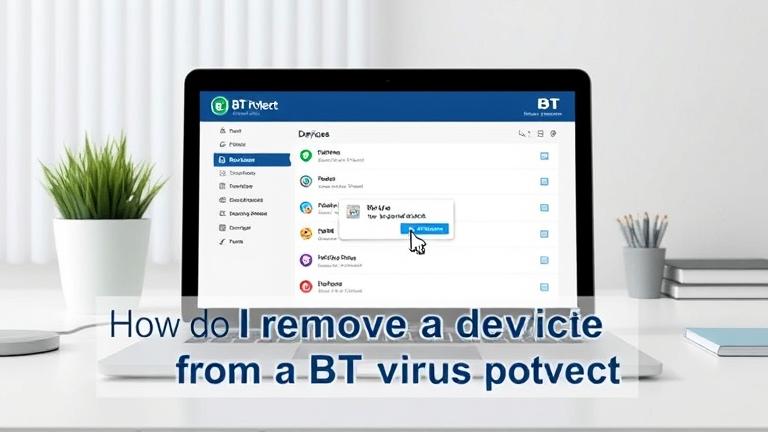Enabling a drive in the BIOS can seem like a daunting task for many, but with a few simple steps, you can unlock the full potential of your storage device. By accessing the BIOS settings on your computer, you can navigate to the storage configurations and enable any additional drives that may not be recognized by default. This process not only expands your storage capacity but also allows for better organization and utilization of your hardware resources.
One key benefit of enabling a drive in the BIOS is the ability to optimize performance based on your specific needs. Whether it’s adding an SSD for faster boot times or configuring a RAID setup for data redundancy and increased read/write speeds, adjusting drive settings in the BIOS gives you complete control over how your system operates. Additionally, by enabling drives through the BIOS, you can ensure compatibility with various operating systems and software applications, maximizing the functionality of your computer system while minimizing potential bottlenecks.















